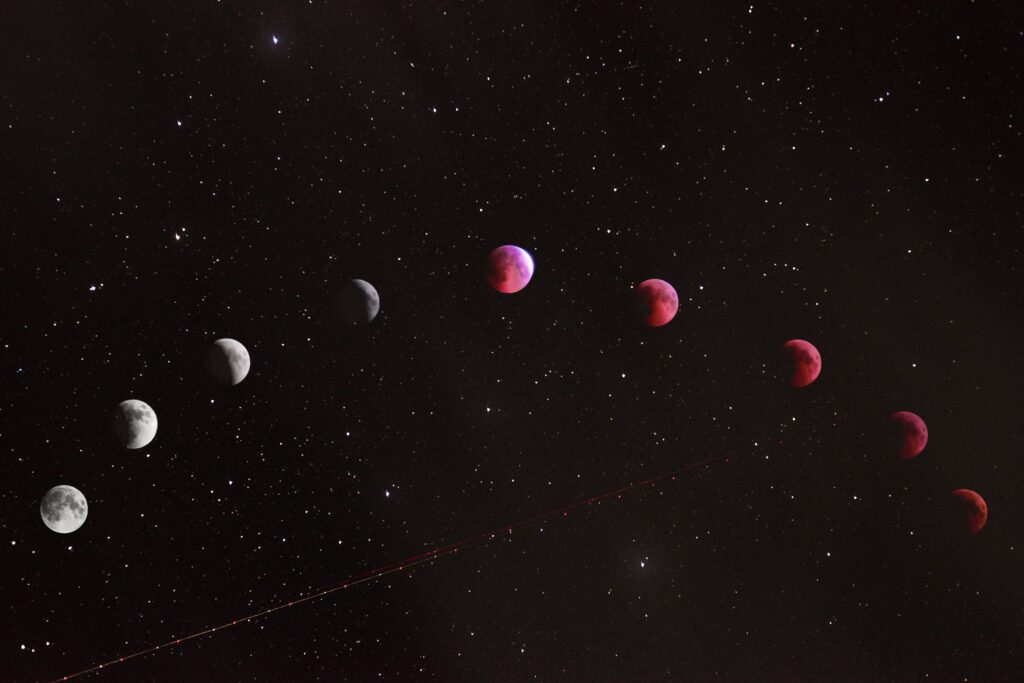
So, you’ve decided to take your stargazing hobby to the next level and invest in a telescope. Congrats! But now you’re faced with the question: what is the best mount for your shiny new telescope? Well, fear not, because in this article, we’ll explore various types of telescope mounts and help you determine which one is the best fit for your stargazing adventures. Whether you’re a beginner or a seasoned astronomer, we’ve got you covered. Let’s get started!
What Factors to Consider in Choosing a Telescope Mount
When it comes to choosing a telescope mount, there are several important factors to consider. The right mount can make all the difference in your observing experience, so it’s crucial to choose wisely. In this article, we will explore the different types of telescope mounts and discuss the factors to consider when making your selection.

Types of Telescope Mounts
There are several types of telescope mounts to choose from, each with its own advantages and disadvantages. Let’s take a closer look at some of the most common types:
Altazimuth Mount
The altazimuth mount is one of the simplest and most intuitive mounts to use. It allows for movement in two axes: altitude (up and down) and azimuth (left and right). This type of mount is ideal for terrestrial observation and casual astronomical viewing. It is often found in beginner-friendly telescopes due to its ease of use and affordability.
Equatorial Mount
The equatorial mount is designed to align with the Earth’s rotation axis, allowing for easier tracking of celestial objects. It consists of two perpendicular axes: right ascension (RA) and declination (Dec). The RA axis allows the telescope to follow the rotation of the Earth, while the Dec axis enables vertical movement. Equatorial mounts are commonly used for astrophotography and more advanced observational astronomy.
Dobsonian Mount
The Dobsonian mount is a type of altazimuth mount that is specifically designed for larger, heavier telescopes. It features a sturdy, low-profile base that provides excellent stability. Dobsonian mounts are popular among astronomers due to their affordability and simplicity. They are particularly well-suited for deep-sky observation.
German Equatorial Mount
The German Equatorial mount is similar to the equatorial mount but with a slight variation in design. It features a counterweight system that helps balance the telescope’s weight, allowing for smoother tracking. German Equatorial mounts are often used for astrophotography and high magnification visual observation.
Fork Mount
The fork mount is a type of altazimuth mount that resembles a fork with the telescope tube positioned between the forks. It offers excellent stability and is commonly used for large telescopes and observatories. Fork mounts are known for their precision and durability, making them a popular choice among serious astronomers.
Computerized Go-To Mount
A computerized Go-To mount is a modern advancement that uses a computer system to automatically locate celestial objects. With the help of a built-in database of coordinates, these mounts can slews the telescope to specific targets at the touch of a button. Computerized Go-To mounts are ideal for beginners and those who want to quickly navigate the night sky without extensive knowledge.
Motorized Mount
Motorized mounts are designed to automatically track celestial objects as they move across the sky. With the help of motors, these mounts can keep a telescope’s view centered on an object for extended periods. Motorized mounts are highly convenient for long-duration observations or astrophotography.
Push-To Mount
A push-to mount is a hybrid between a manual altazimuth mount and a computerized Go-To mount. It uses a digital setting circle or a similar positioning system to guide the observer toward specific objects in the sky. Push-To mounts provide more precision and accuracy than manual mounts while still relying on the observer’s control.
Compact Tabletop Mount
As the name suggests, a compact tabletop mount is a small and lightweight mount that can be placed on a table or any stable surface. They are often used for portable telescopes and are great for casual observing. Although they may lack advanced tracking features, they offer excellent portability and convenience.
Polar Wedge Mount
A polar wedge mount is designed to align the telescope with the Earth’s polar axis. It allows for accurate tracking of celestial objects by compensating for the Earth’s rotation. Polar wedge mounts are commonly used for long-exposure astrophotography and advanced observational astronomy.
Now that we’ve explored the various types of telescope mounts, let’s dive into the factors you should consider when making your decision.
Weight Capacity
One of the first factors to consider when choosing a telescope mount is its weight capacity. The mount must be able to support the weight of your telescope and any additional accessories you may want to attach, such as cameras or eyepiece cases. It’s important to check the specifications of both the telescope and the mount to ensure they are compatible in terms of weight.
Tracking Ability
Tracking ability refers to the mount’s capability to accurately track celestial objects as they move across the sky. An equatorial mount is generally better suited for tracking due to its alignment with the Earth’s rotation. However, some altazimuth mounts, particularly those with motorized or computerized features, can also provide excellent tracking ability. Consider your observing goals, such as astrophotography or high magnification visual observation, and choose a mount that can meet your tracking requirements.
Portability
Portability is a crucial factor to consider, especially if you plan to transport your telescope to different locations for observation. Altazimuth mounts, particularly compact tabletop mounts, are generally more portable compared to bulkier equatorial or fork mounts. Consider the weight and size of the mount, as well as its disassembling and reassembling process, before making your decision.

Stability
Stability is essential for obtaining clear and crisp views through your telescope. A stable mount prevents vibrations and shaking, allowing for more precise observations. Fork mounts and German Equatorial mounts are known for their stability, while altazimuth mounts, especially those with lightweight constructions, may be slightly less stable. Consider the location of your observing site and the level of stability required for your intended observations.
Cost
Cost is often a significant factor in any purchase decision. Telescope mounts can range in price from very affordable to quite expensive, depending on the type and features. It’s important to set a budget and consider the long-term value of the mount. Higher-priced mounts may offer advanced features and better durability, but they may not be necessary for everyone. Look for a balance between cost and the features that meet your specific needs.

Compatibility with Telescope
Ensure that the mount you choose is compatible with your telescope. Consider the size and weight of your telescope, as well as any additional accessories you plan to use. Pay attention to the mount’s mounting system and whether it can accommodate your specific telescope’s setup. Most mounts provide compatibility information in their specifications, so be sure to check for proper fit before making your purchase.
Ease of Use
Depending on your level of experience, you may want to consider the ease of use of the mount. Beginner-friendly mounts, such as altazimuth mounts or computerized Go-To mounts, often come with intuitive controls and built-in automated systems. More advanced mounts, like equatorial mounts, may require a steeper learning curve but offer greater precision and control. Evaluate your skill level and choose a mount that aligns with your comfort zone.
Durability
Durability is an important aspect to consider, particularly if you plan to use your telescope mount frequently or in challenging conditions. Look for mounts made from sturdy materials, such as aluminum or steel, that can withstand the test of time. Consider the quality of construction and the overall reputation of the manufacturer. Reading reviews and seeking recommendations from experienced astronomers can provide valuable insights into the durability of different mounts.
Future Upgradability
When selecting a telescope mount, it’s worth considering your future observing needs. Do you plan to expand your equipment or upgrade to a different telescope in the future? Some mounts offer modularity and expandability features, allowing for easy integration with advanced accessories and systems. Research the compatibility of the mount with future upgrades to ensure you can continue to enhance your observing experience without the need for a complete mount replacement.
In conclusion, choosing the right telescope mount is a crucial step in ensuring a satisfying and rewarding astronomy experience. Consider the type, weight capacity, tracking ability, portability, stability, cost, compatibility, ease of use, durability, and future upgradability when making your selection. By carefully evaluating these factors and understanding your specific needs, you can find the perfect mount that will enhance your astronomical explorations for years to come.








